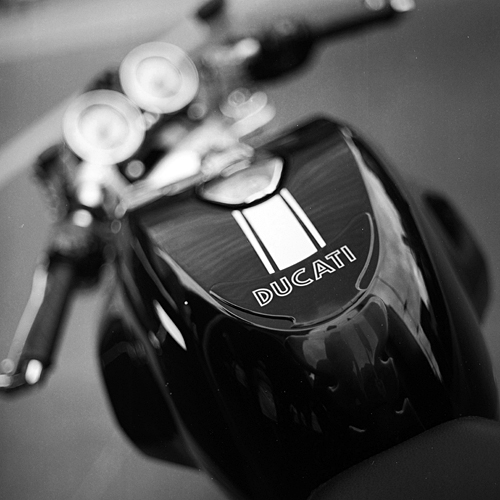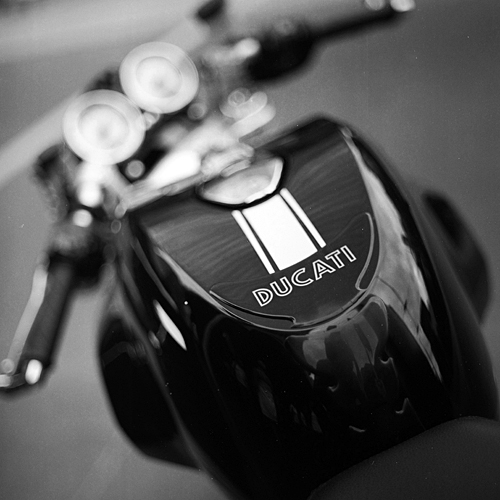Pascal, my limited experience shows me that often it is not easy to distinguish an image from a German or Japanese lens - provided that they are high quality lenses in the first place.
But, there are some differing attributes generally as well as some that are specific among certain German or Japanese designs and glass used.
So the differences I see are:
1. the OOF attribute Paul referred to - how progressive the soft OOF is;
2. the actual bokeh rendered - I find that overall Japanese bokeh is more often "pretty" compared to German lenses. This is often influenced by iris design and the number of blades. So, for example today's Zeiss/Hasselblad lenses with just 5 blades can cause unattractive non circular highlights etc..
But then there are some old German lenses like the Hasselblad/Zeiss Tessar 80mm from the 19050s - 12 blades producing pretty OOF.
3. Tonality - IMHO this is where the Germans win hands down - to my eyes they are often more mellow. Personally I think the Germans' coatings enable more faithful tonality. In some lenses the Germans' choice of glass influences this too.
Also I feel that Fujinon lenses specifically have closer attributes to German lenses than Japanese lenses - maybe their LF as well as MF lens design and making along side the Germans has lead to this. I have found this with LF and XPan Fujinon lenses.
4. Distortion - my own experience has been that quality German wide-angle lenses stand out from Japanese wide-angle lenses because the Germans achieve better correction of distortion.
So there are some differentiators between collective German (Schneider, Rodenstock, Zeiss and Leica....) and the numerous collective Japanese lenses.
However, I think to be fair to the Japanese, we should remember that all lenses are designed and built to a brief - balancing correction of aberrations etc with budget, size and other attributes. So where we see differing attributes, which be referring to better "performance", some may be because the Japanese typically shoot for volume business, while often Germans shoot for niche and higher end market segments.
Some people here may disagree, but I just think the commercial imperatives must also be considered - so that we consider like for like!!

So, in the end, yes I feel there are some broad attributes that set German and Japanese lenses apart. However, these attributes are not always visible even to a trained eye - that comes down to how they are used. I would never claim to always be able to pick one from another - I think it would be a brave man who does!!

I'll be interested to read others' opinions.



